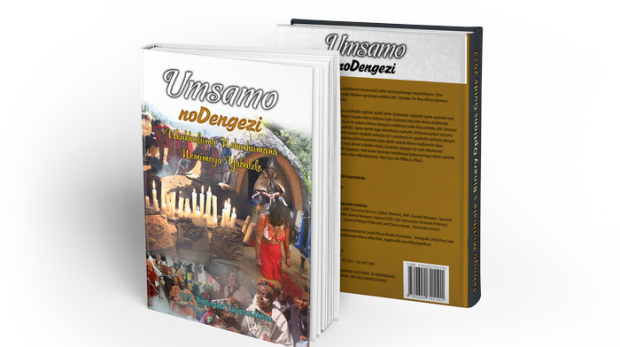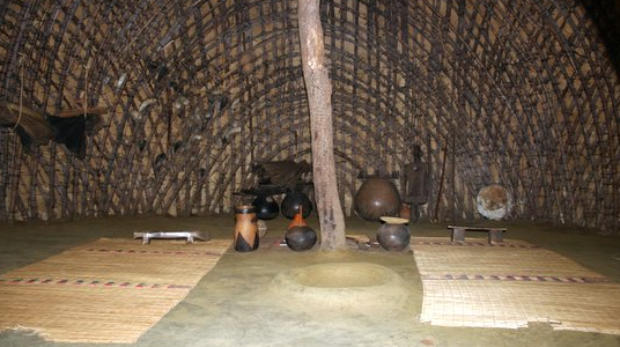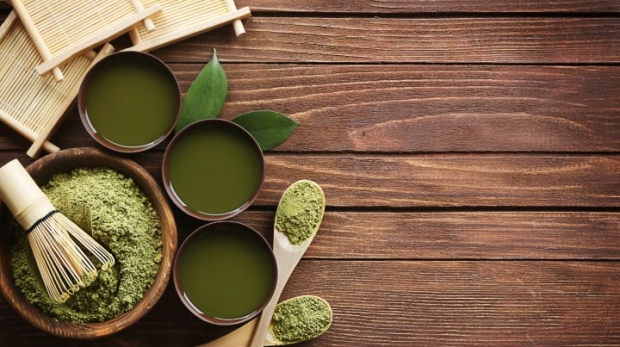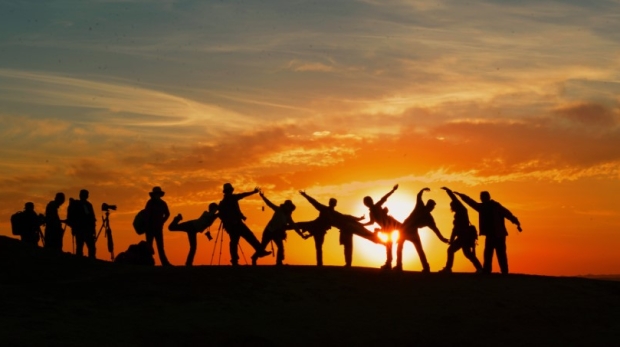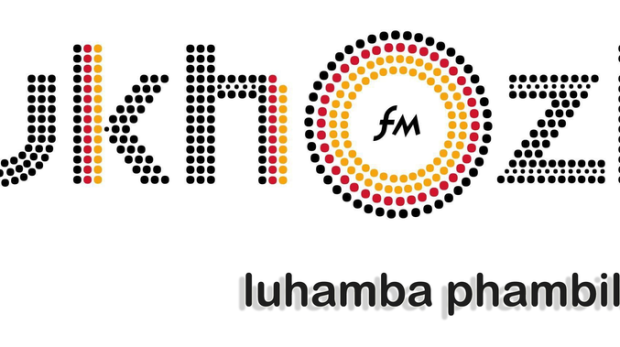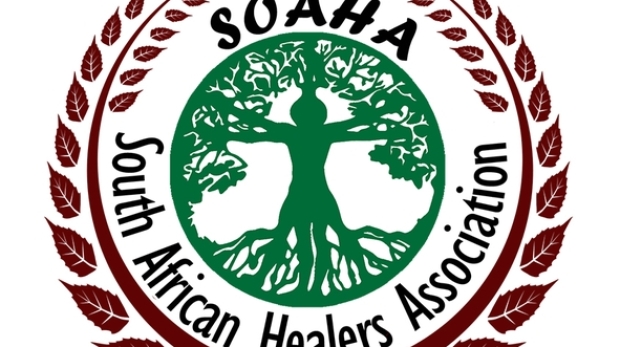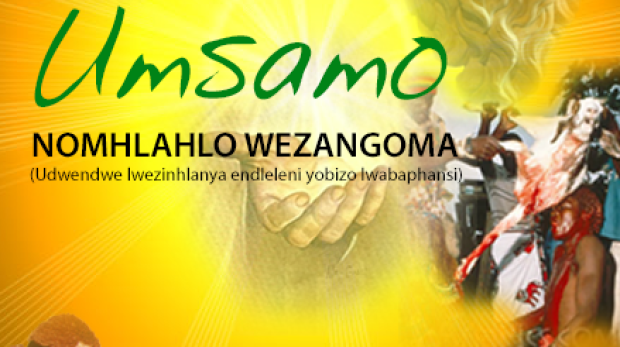Forthcoming Book – Umsamo NoDengezi
About This Forthcoming Book Hey, have you ever thought that you are Mind, Body and Spirit? Spirit is the energizing force that identifies and sustain your personal existence, in each time and in between. Within that endless scope, spirit gives ide ...

